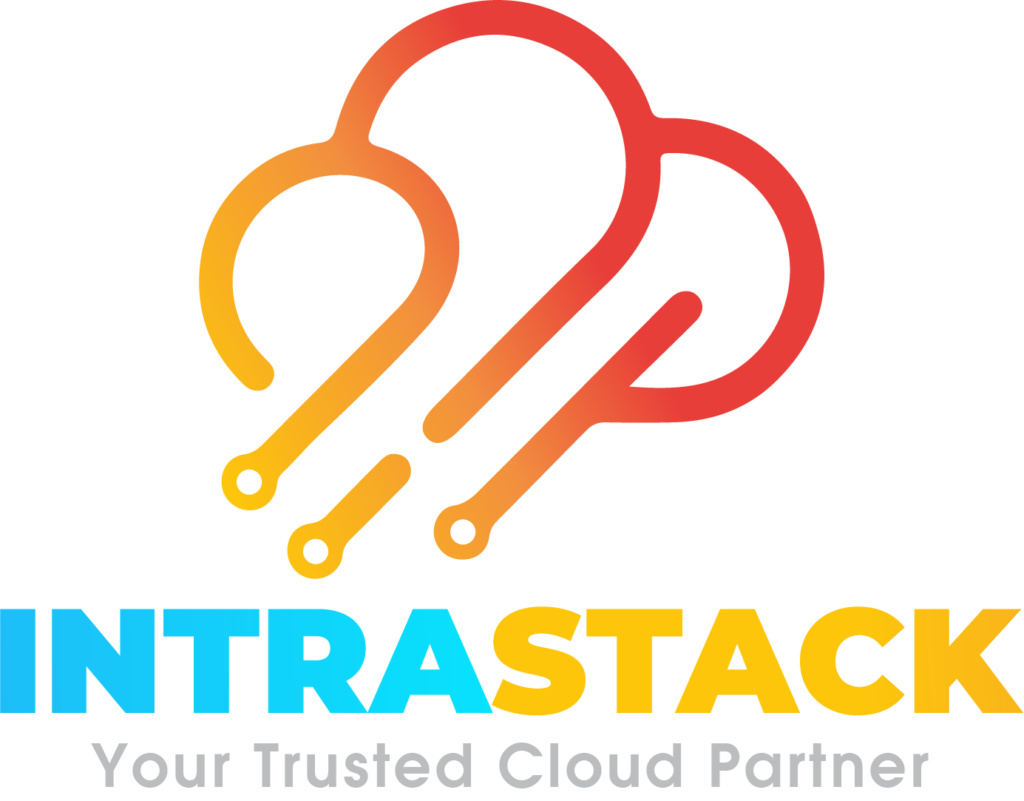A Comprehensive Guide to Cloud Transformation Assessment and Analysis
A Comprehensive Guide to Cloud Transformation Assessment and Analysis
In the fast-evolving landscape of technology, organizations are increasingly turning to cloud transformation as a strategic imperative. However, embarking on this journey requires a meticulous understanding of existing infrastructures, business goals, and the intricate nuances of cloud solutions. In this technical blog, we delve into the crucial process of Cloud Transformation Assessment and Analysis, demystifying the steps involved in shaping a successful transformation strategy.
Understanding the Foundations
1. Current State Assessment:
The journey begins with a detailed analysis of the existing infrastructure. Assessing on-premises systems, applications, and data structures provides a foundational understanding of the organization’s current state.
2. Business Objectives Alignment:
Cloud transformation should align seamlessly with overarching business objectives. This involves engaging stakeholders to define goals, expectations, and key performance indicators (KPIs) that will guide the transformation journey.
Mapping the Terrain
3. Workload Analysis:
Not all workloads are created equal. A thorough analysis of existing workloads helps determine which applications are suitable for migration, which require modification, and which might be better suited for modern cloud-native architectures.
4. Data Security and Compliance Assessment:
Security is paramount. Conducting a robust assessment of data security measures and ensuring compliance with industry regulations lays the groundwork for a secure cloud environment.
Crafting the Strategy
5. Cloud Model Selection:
Choosing the right cloud model – be it public, private, or hybrid – is a critical decision. This step involves evaluating the pros and cons of each model based on the organization’s unique needs.
6. Cost-Benefit Analysis:
Cloud transformation has financial implications. Performing a comprehensive cost-benefit analysis helps organizations understand the investment required, potential savings, and the overall return on investment (ROI).
Implementation Roadmap
7. Migration Plan Development:
With a clear understanding of the existing state and a defined strategy, the next step is developing a detailed migration plan. This plan outlines the sequence of migration, potential challenges, and mitigation strategies.
8. Training and Change Management:
Cloud transformation isn’t just about technology; it’s a cultural shift. Implementing robust training programs and change management initiatives ensure that the organization is prepared for the transition.
Continuous Improvement
9. Performance Monitoring and Optimization:
Cloud environments are dynamic. Implementing continuous monitoring tools and optimization strategies ensures that the cloud infrastructure evolves to meet changing requirements and industry trends.
10. Feedback Loops and Iterative Enhancements:
Cloud transformation is an ongoing process. Establishing feedback loops and iterative enhancement processes allow organizations to adapt and optimize based on real-world performance and user experiences.
Cloud Transformation Assessment and Analysis is not a one-size-fits-all endeavor. It’s a holistic and dynamic process that requires a deep understanding of technical landscapes, business objectives, and the ever-changing cloud ecosystem. Organizations that invest time and effort in this assessment phase are better equipped to navigate the cloud frontier with confidence, ensuring that their transformation journey is not just a technological shift but a strategic evolution that propels them toward sustainable success.

